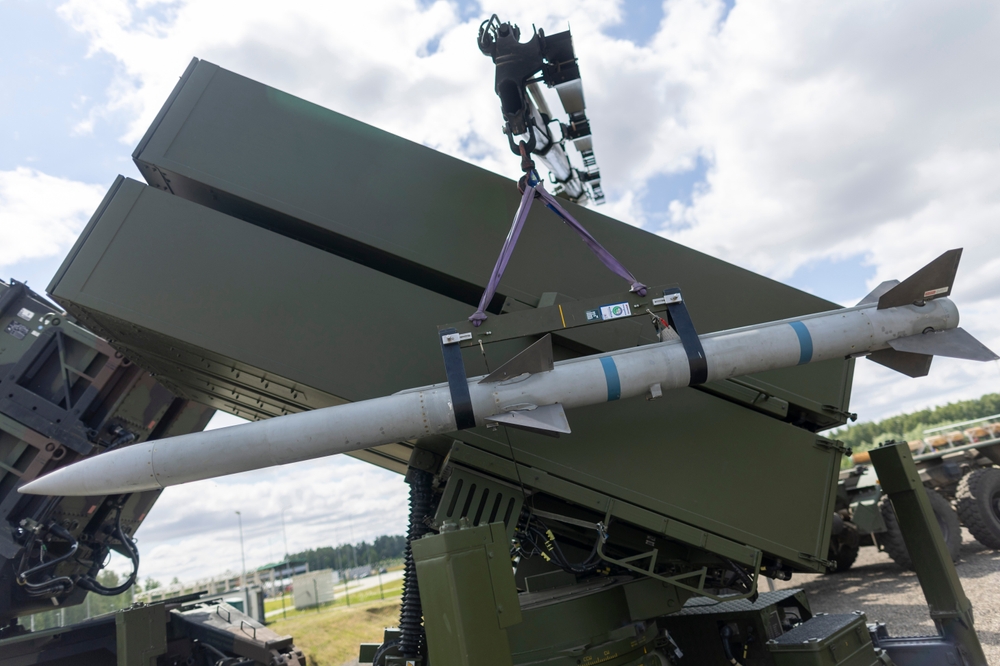Russia fell for Ukraine’s trap
Others are reading now
One recent incident in the Kursk region demonstrates how innovation can sometimes fall short.
The Russians deployed an FPV drone that used optical fiber communication to bypass jammers and anti-aircraft defenses.
This type of drone offers better image quality and minimizes interference from a phenomenon known as the “radio horizon.”
Despite these advantages, the effort did not succeed. Instead of striking actual military equipment, the drone targeted a model, reports WPTech.
Also read
The target was a mockup of a NASAMS (Norwegian Advanced Surface-to-Air Missile System) launcher.
This system is highly respected in military circles and has proven effective in Ukraine. Western countries have supplied several NASAMS units to Ukraine, where they have performed well.
These systems are capable of taking down various targets, including drones, helicopters, aircraft, and cruise missiles.
They can engage targets up to 60 kilometers away, depending on the missile type, while their radars can detect threats up to 120 kilometers.
This is not the first time the Ukrainians have successfully used decoys to mislead Russian forces. Military equipment mockups are becoming a widespread strategy.
These realistic-looking models are designed to resemble tanks, artillery pieces, and radar systems. They lure enemy attacks, diverting resources and ammunition away from real targets.
Recently, Russian forces mistakenly believed they had destroyed a Polish-supplied Leopard 2A4 tank, which also turned out to be a decoy.
Ukrainian companies are producing these models on a large scale. Some allies, including the Czech Republic, are contributing to this effort.
Czech company INFLATECH manufactures inflatable replicas of equipment such as M1A2 Abrams tanks.
This concept has been so effective that some NATO countries are now adopting similar strategies for their own armies.
The use of military decoys is proving to be an important tool in modern warfare. It saves critical resources while frustrating and misleading the enemy.
In this ongoing conflict, creativity continues to play a key role in shaping battlefield outcomes.


